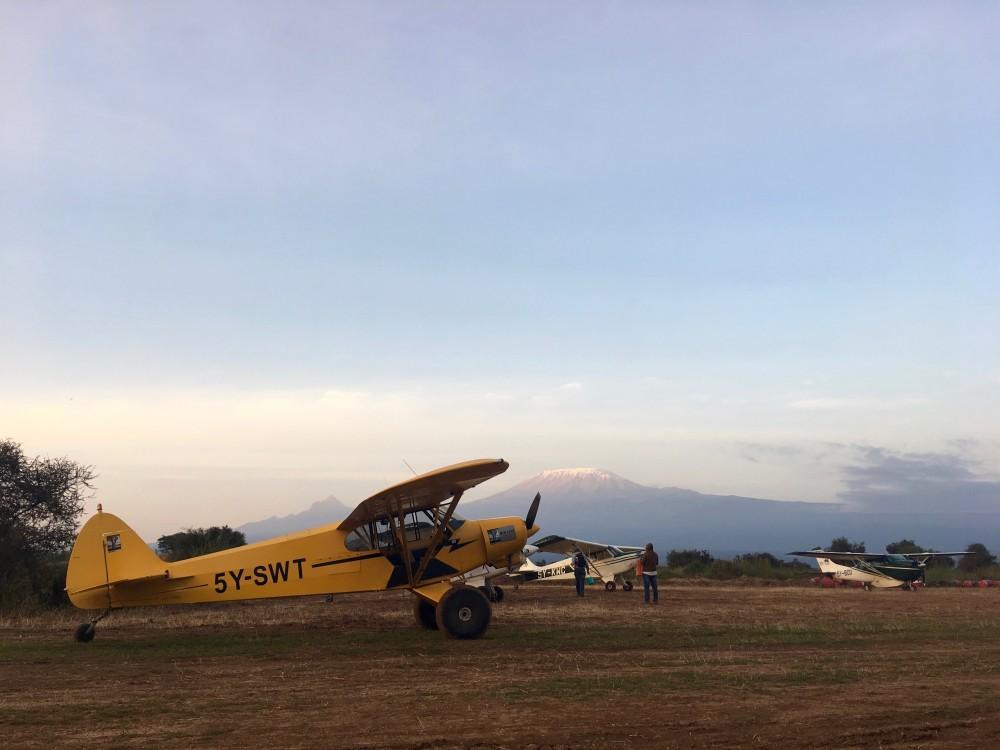
Just like humans, ecosystems need occasional check-ups. They are constantly changing and we need some way to gauge their overall health, and assess whether current conservation strategies are working or not.
It’s easy for us to get a feel for trends from the ground, but to really take the pulse of an ecosystem, you’ve got to be in the air. From above, it’s easier to get total counts of large mammals. It can’t be done slowly, it’s got to be done fast and over a large area to minimize double-counting.
It’s a logistical challenge, but thankfully one that the Kenya Wildlife Service takes on every few years, with support from partners. This year it involved four aircraft spending whole days in the air, counting everything larger than a goat. The exercise is repeated in both wet and dry seasons, making sure that the seasonal movements of people and wildlife are properly captured.
This last week Big Life was glad to be able to support this exercise with one of our aircraft, seen in this image alongside the KWS planes prior to the start of the day’s count, and a clear shot of Kilimanjaro meant clear skies for counting wildlife below.
The last count took place in 2014, so the exercise is timely and helpful as we continue to assess, and adjust, our programs as necessary to have the maximum impact. A big thanks to all other partners involved in making this happen.
